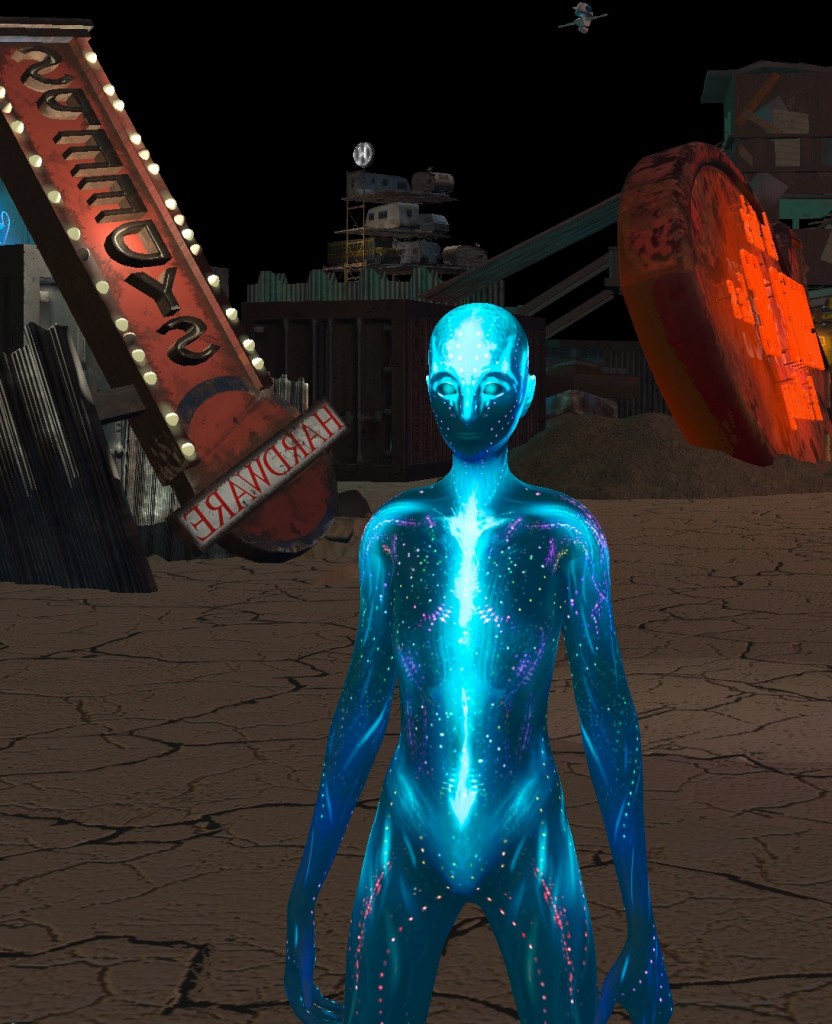For the last 3 years, the auto industry and the Department of Transportation (DoT) have been at war with the open spectrum community of 75 MHz of spectrum up at 5.9 GHz. I will save the longer history for an upcoming “Insanely Long Field Guide To the 5.9 GHz Proceeding” post. For now, it is enough to know that, as we enter the last few months of the Obama Administration, the auto industry and DoT have been doing everything they can to run out the clock and wait for this FCC to go away, hoping the next FCC will not be as interested in opening spectrum for sharing. You can read the history of 3 years of bad faith and bait and switch in this filing here. You can read the auto industries most recent insistence on testing that will take us well past the end of the Obama Administration here.
So far so normal. This is how spectrum politics works. Incumbents pay lip service to the idea of spectrum sharing, stress the awful terrible things that will happen if the FCC allows the new entrant to operate and cause interference, and insists on an endless series of tests while dragging their feet on anything that would make testing possible. The new entrant, meanwhile, complains bitterly about how the other side are stalling, the interference claims are baseless, and hundreds of billions of dollars in economic benefits are lost as the delay continues. With the final months ticking down, both sides are now ratcheting up their efforts. Last week, PK, a number of our other spectrum public interest allies (OTI, PK, SHLB) and industry folks (Intel, MS, NCTA, WISPA) sent a letter to the President asking the White House to weigh in at DoT and tell them to stop helping the auto industry stall testing so we can open the spectrum to more unlicensed goodness. Yesterday, the auto industry sent its response.
And yesterday, the auto industry finally crossed a line on common decency that just pisses me off.
It is one thing to claim that your technology saves lives and that if the FCC doesn’t do what you want, people will die. It is another thing to knowingly and deliberately invoke actual, real dead pedestrians and dead cyclists you know damned well your proposed technology could not conceivably save in an effort to support your own spectrum squatting. It is even worse when the technology you are pushing, “dedicated short-range communication” (DSRC), would replace the actual existing collision avoidance system you are deploying today that would save cyclists and pedestrians — car radar and sensing systems that use unlicensed spectrum and LIDAR.







